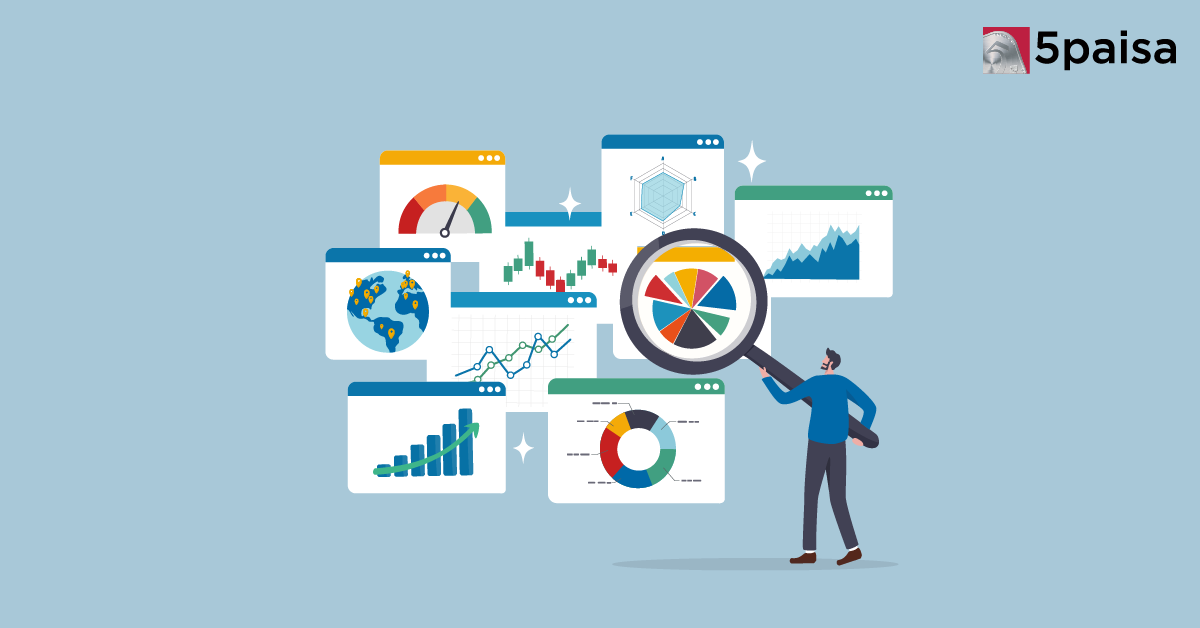iThe current values are delayed, open demat account for live values.
BSE SENSEX
BSE SENSEX Performance
-
Open
85,640.05
-
High
85,883.50
-
Low
85,315.33
-
Prev Close
85,762.01
-
Dividend Yeild
1.12%
-
P/E
23.57
Other Indices
| Indices Name | Price | Price Change (% change) |
|---|---|---|
| India VIX | 10.0225 | 0.57 (6.06%) |
| Nifty 10 Yr Benchmark G-Sec | 2607.82 | -6.13 (-0.23%) |
| Nifty 10 Yr Benchmark G-Sec (Clean Price) | 889.23 | -2.61 (-0.29%) |
| Nifty 100 | 26858.15 | -67.15 (-0.25%) |
| Nifty 100 Alpha 30 Index | 18362.4 | 56.55 (0.31%) |
Constituent Companies
| Company | Market Cap | Market Price | Volume | Sector |
|---|---|---|---|---|
| Asian Paints Ltd | ₹269966 Cr |
₹2811.3
(0.88%)
|
59461 | Paints/Varnish |
| Hindustan Unilever Ltd | ₹560084 Cr |
₹2385.95
(2.22%)
|
116267 | FMCG |
| ITC Ltd | ₹438138 Cr |
₹349.7
(4.1%)
|
2050112 | Tobacco Products |
| Trent Ltd | ₹157461 Cr |
₹4429.45
(0.11%)
|
98372 | Retail |
| Larsen & Toubro Ltd | ₹570708 Cr |
₹4148.85
(0.82%)
|
133961 | Infrastructure Developers & Operators |

More About BSE SENSEX
Bse Sensex HeatmapLatest News

- Jan 05, 2026
Premier Energies & Waaree Energies (renewable energy) saw share prices fall dramatically on Monday, with Premier Energies down more than 7% at an intraday low of ₹782.4 on the NSE; Waaree Energies down nearly 6% to ₹2,706.00 at the time of writing, which is 2:35 PM (NSE time).

- Jan 05, 2026
Monday’s market belonged to the bulls in the overall market. The Sensex traded in a flat manner, whereas the smallcaps surged ahead. Among smallcaps, the BSE Smallcap Index led its counterparts, taking cues from stockspecific catalysts, ranging from expansion plans to the purchase made by the respective promoters.
Latest Blogs
Silver trading has become popular among Indian traders because it is easy to buy and sell, and its prices move in a clear way. If you want to understand how to buy silver on MCX, the process is quite simple, as long as you learn the basic rules and plan your trades properly.
- Jan 05, 2026

Catch the latest Sensex Nifty updates as the markets swing with changing global trends, domestic cues, and sector performances. Stay informed on how India’s benchmark indices are shaping the trading day, and get insights into how the market may open tomorrow. Whether you're tracking share market news for tomorrow or analysing trends in the stock market tomorrow, we've got you covered—including key cues to watch if you're wondering how will market open tomorrow.
- Jan 05, 2026
